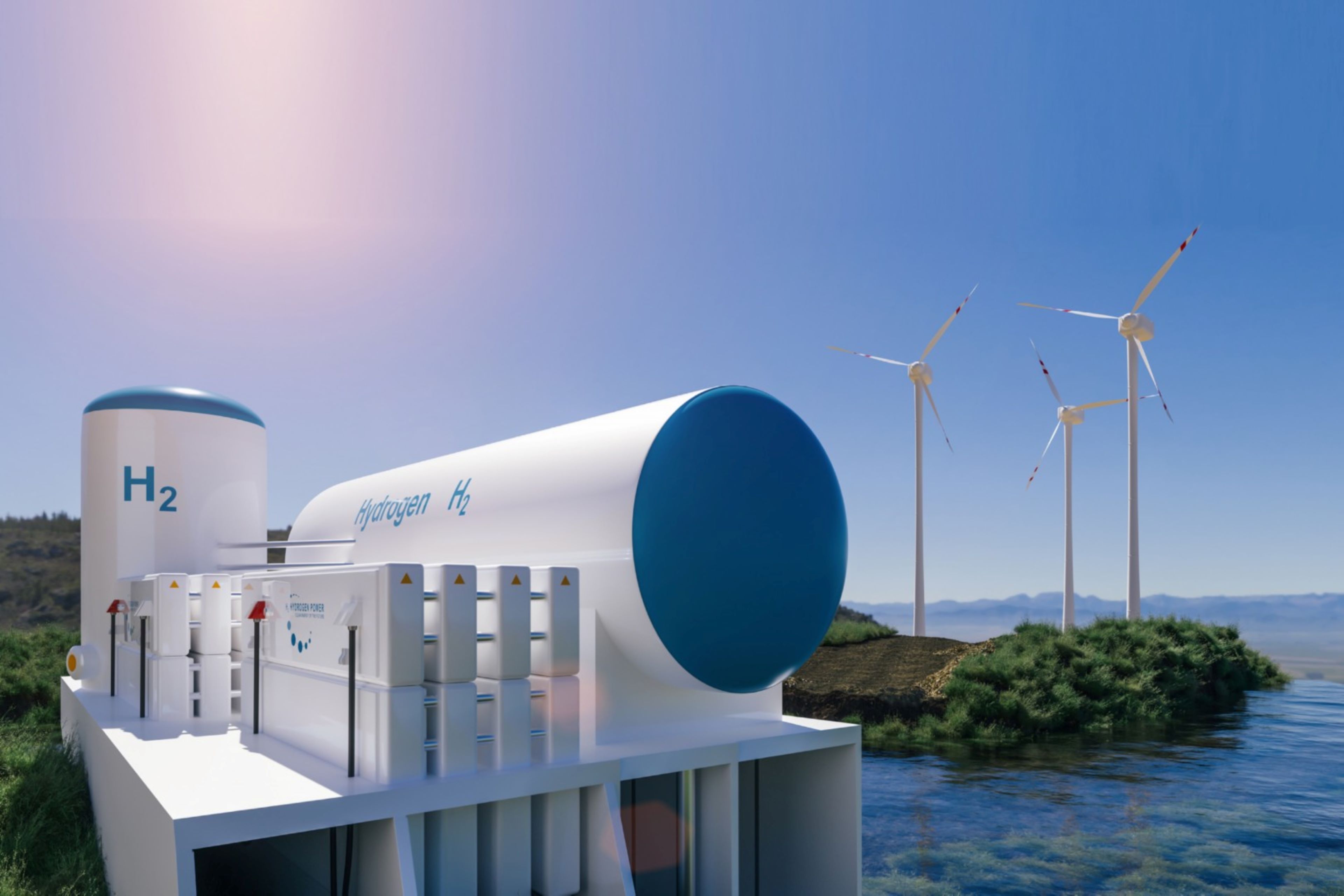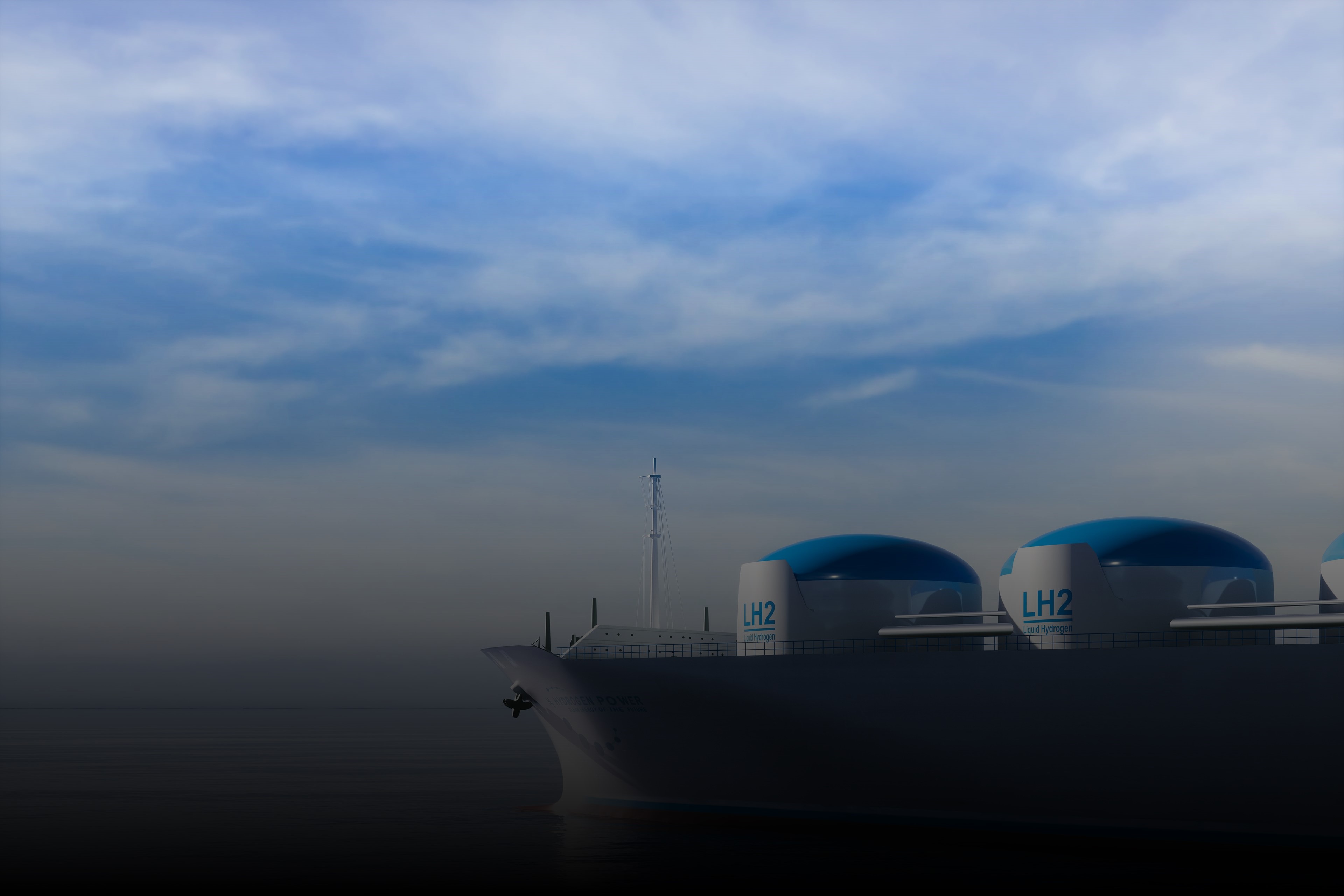EY refers to the global organization, and may refer to one or more, of the member firms of Ernst & Young Global Limited, each of which is a separate legal entity. Ernst & Young Global Limited, a UK company limited by guarantee, does not provide services to clients.
How EY can help
-
EY India Customer Experience Transformation solution helps energy providers empower workforce, enhance customer engagement, & drive long-term business value.
Read more
Leveraging the billion-dollar opportunity: the action plan
The electrolyzer production capability may ramp up ten folds in the next 10 years. However, concrete action is required for the country to benefit from this opportunity. Few actionable steps for Indian manufacturers to make the most of this opportunity are:
1. Choose the technology wisely: Alkaline electrolyzers dominate the market today and are expected to continue being the most preferred technology. The lower cost and higher efficiency of alkaline technology gives it an edge over Proton Exchange Membrane (PEM). However, as PEM technology advances, it is expected to achieve higher efficiency with reduced cost similar to that of alkaline.
2. Secure raw material supply: Most metals and minerals required for electrolyzers are concentrated in specific geographies, presenting a supply chain risk to manufacturers. Electrolyzer manufacturers must collaborate with key stakeholders globally on raw material dependency issues through strategic sourcing and partnerships.
3. Plan for large-scale investments and projects: Economies of scale can only be achieved by increasing the size of electrolyzer facilities. Manufacturing more units of stack assembly will result in a cost reduction of 90% by shifting from a manual to a semi-automated process.
4. Tie-up anchor capacity with reliable hydrogen producers: As the demand for electrolyzers increases in the next few years, the players will look forward to strategic tie-ups with key hydrogen manufacturers across industry segments. These partnerships will play an integral role in supporting the development of a green hydrogen ecosystem.
Commenting on the challenges faced by the electrolyzer manufacturing industry, Kiran Malla, Partner - Clean Energy, EVs and Infrastructure, EY-Parthenon, said, "Green hydrogen has the potential to become the cogwheel of India's decarbonization strategy. However, there is a need to build a robust manufacturing ecosystem for green hydrogen in the country. Although the government has been taking steps to accelerate the uptake of green hydrogen, a more robust policy framework for investors, subsidies for manufacturers, financing mechanisms, and creation of demand through purchase and bundling obligations can provide the necessary boost to the sector."
The way forward
India has a unique opportunity to become a global hydrogen electrolyzer manufacturing hub. A few steps by the union government could boost the green hydrogen market in India. Akin to incentives which were announced for solar modules and storage, a favorable PLI policy for electrolyzers would boost players to gain scale and achieve overall cost competitiveness for green hydrogen. While US and European markets will spearhead the overall demand for green hydrogen, it will be equally important to create a local demand for green hydrogen. Similar to renewable purchase obligations that are applicable for utilities and captive generators, the union government can consider purchase obligations for petroleum refining and fertilizer sectors to use green hydrogen as a certain proportion of their requirements in a phased manner. Finally, the government could also consider an efficient hydrogen contracting framework which can facilitate long-term offtake of green hydrogen and develop an efficient contracting framework for subsidizing green hydrogen until cost parity with gray hydrogen is achieved.






